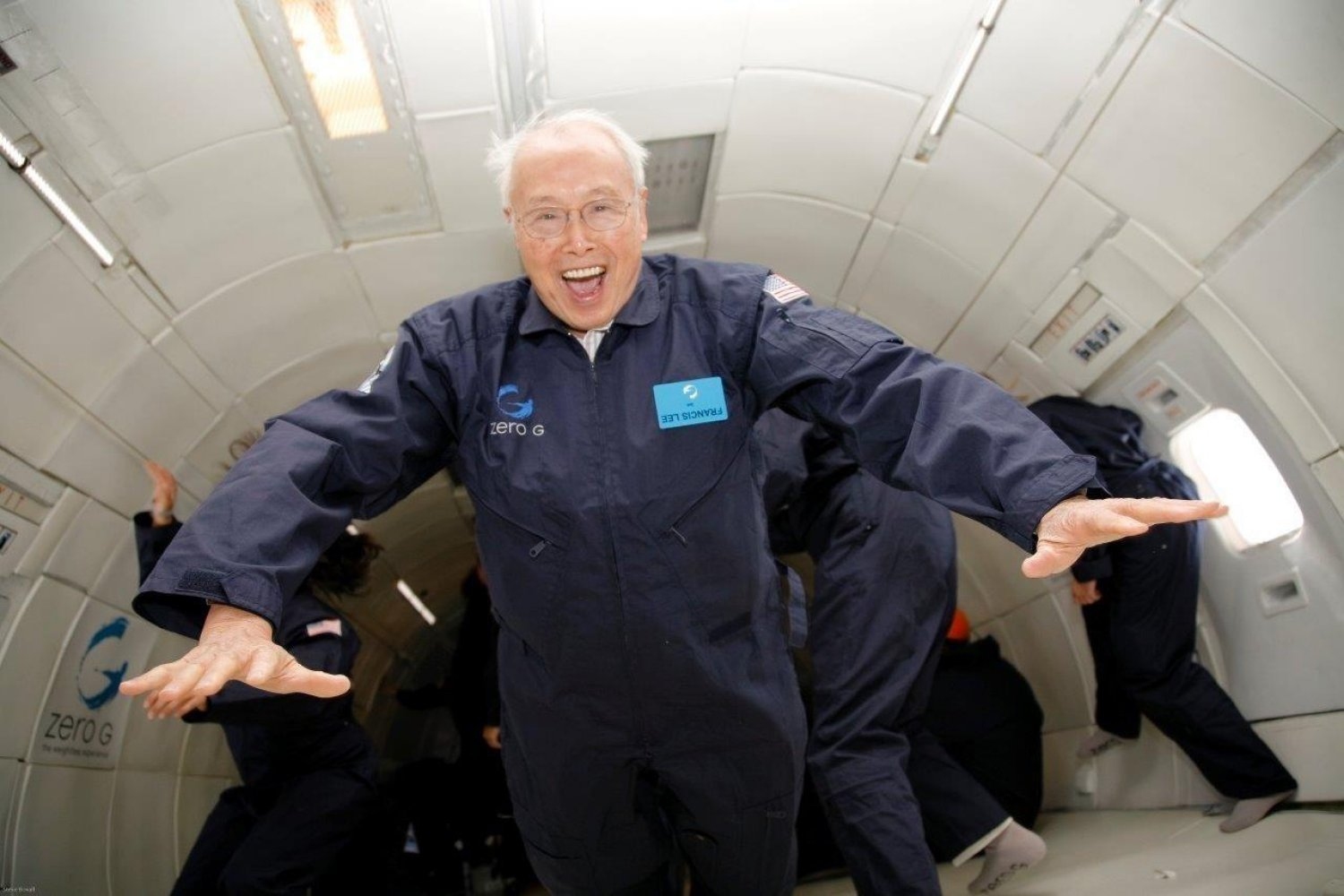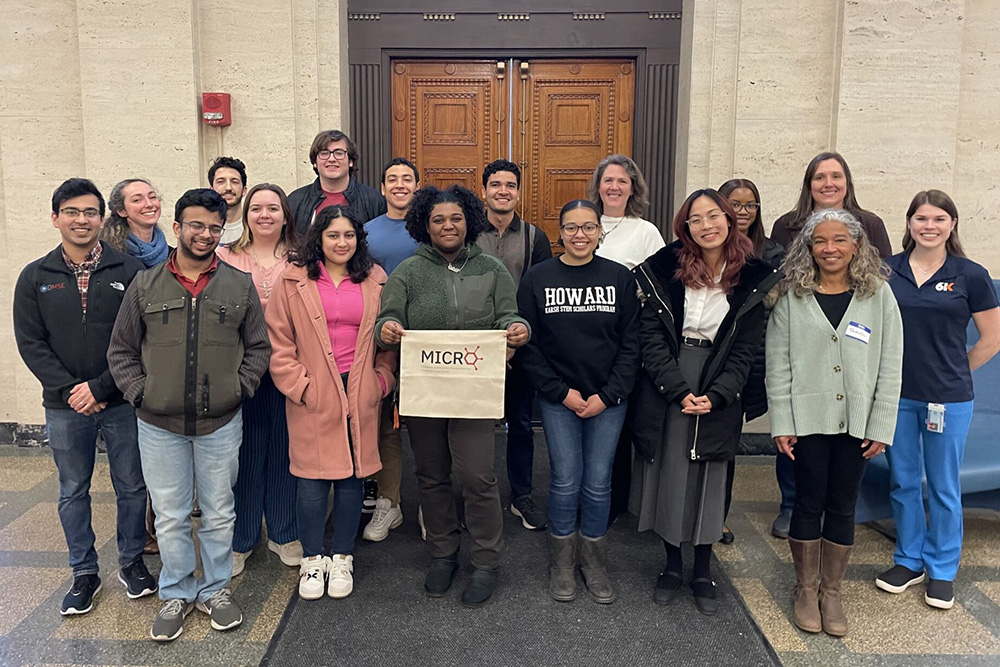Lauren Aguilar knew she wanted to study energy systems at MIT, but before Course 1-12 (Climate System Science and Engineering) became a new undergraduate major, she didn't see an obvious path to study the systems aspects of energy, policy, and climate associated with the energy transition.
Aguilar was drawn to the new major that was jointly launched by the departments of Civil and Environmental Engineering (CEE) and Earth, Atmospheric and Planetary Sciences (EAPS) in 2023. She could take engineering systems classes and gain knowledge in climate.
“Having climate knowledge enriches my understanding of how to build reliable and resilient energy systems for climate change mitigation. Understanding upon what scale we can forecast and predict climate change is crucial to build the appropriate level of energy infrastructure,” says Aguilar.
The interdisciplinary structure of the 1-12 major has students engaging with and learning from professors in different disciplines across the Institute. The blended major was designed to provide a foundational understanding of the Earth system and engineering principles — as well as an understanding of human and institutional behavior as it relates to the climate challenge. Students learn the fundamental sciences through subjects like an atmospheric chemistry class focused on the global carbon cycle or a physics class on low-carbon energy systems. The major also covers topics in data science and machine learning as they relate to forecasting climate risks and building resilience, in addition to policy, economics, and environmental justice studies.
Junior Ananda Figueiredo was one of the first students to declare the 1-12 major. Her decision to change majors stemmed from a motivation to improve people’s lives, especially when it comes to equality. “I like to look at things from a systems perspective, and climate change is such a complicated issue connected to many different pieces of our society,” says Figueiredo.
A multifaceted field of study
The 1-12 major prepares students with the necessary foundational expertise across disciplines to confront climate change. Andrew Babbin, an academic advisor in the new degree program and the Cecil and Ida Green Career Development Associate Professor in EAPS, says the new major harnesses rigorous training encompassing science, engineering, and policy to design and execute a way forward for society.
Within its first year, Course 1-12 has attracted students with a diverse set of interests, ranging from machine learning for sustainability to nature-based solutions for carbon management to developing the next renewable energy technology and integrating it into the power system.
Academic advisor Michael Howland, the Esther and Harold E. Edgerton Assistant Professor of Civil and Environmental Engineering, says the best part of this degree is the students, and the enthusiasm and optimism they bring to the climate challenge.
“We have students seeking to impact policy and students double-majoring in computer science. For this generation, climate change is a challenge for today, not for the future. Their actions inside and outside the classroom speak to the urgency of the challenge and the promise that we can solve it,” Howland says.
The degree program also leaves plenty of space for students to develop and follow their interests. Sophomore Katherine Kempff began this spring semester as a 1-12 major interested in sustainability and renewable energy. Kempff was worried she wouldn’t be able to finish 1-12 once she made the switch to a different set of classes, but Howland assured her there would be no problems, based on the structure of 1-12.
“I really like how flexible 1-12 is. There's a lot of classes that satisfy the requirements, and you are not pigeonholed. I feel like I'm going to be able to do what I'm interested in, rather than just following a set path of a major,” says Kempff.
Kempff is leveraging her skills she developed this semester and exploring different career interests. She is interviewing for sustainability and energy-sector internships in Boston and MIT this summer, and is particularly interested in assisting MIT in meeting its new sustainability goals.
Engineering a sustainable future
The new major dovetail’s MIT’s commitment to address climate change with its steps in prioritizing and enhancing climate education. As the Institute continues making strides to accelerate solutions, students can play a leading role in changing the future.
“Climate awareness is critical to all MIT students, most of whom will face the consequences of the projection models for the end of the century,” says Babbin. “One-12 will be a focal point of the climate education mission to train the brightest and most creative students to engineer a better world and understand the complex science necessary to design and verify any solutions they invent."
Justin Cole, who transferred to MIT in January from the University of Colorado, served in the U.S. Air Force for nine years. Over the course of his service, he had a front row seat to the changing climate. From helping with the wildfire cleanup in Black Forest, Colorado — after the state's most destructive fire at the time — to witnessing two category 5 typhoons in Japan in 2018, Cole's experiences of these natural disasters impressed upon him that climate security was a prerequisite to international security.
Cole was recently accepted into the MIT Energy and Climate Club Launchpad initiative where he will work to solve real-world climate and energy problems with professionals in industry.
“All of the dots are connecting so far in my classes, and all the hopes that I have for studying the climate crisis and the solutions to it at MIT are coming true,” says Cole.
With a career path that is increasingly growing, there is a rising demand for scientists and engineers who have both deep knowledge of environmental and climate systems and expertise in methods for climate change mitigation.
“Climate science must be coupled with climate solutions. As we experience worsening climate change, the environmental system will increasingly behave in new ways that we haven’t seen in the past,” says Howland. “Solutions to climate change must go beyond good engineering of small-scale components. We need to ensure that our system-scale solutions are maximally effective in reducing climate change, but are also resilient to climate change. And there is no time to waste,” he says.

 1 week ago
29
1 week ago
29


